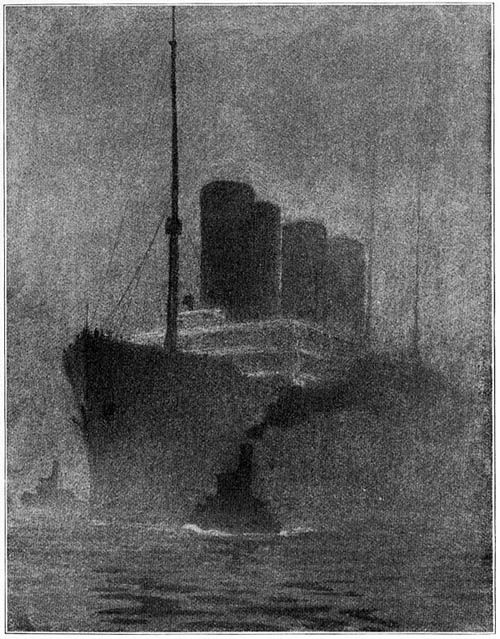The Other Titanics
Today, the other Titanics. The University of Houston's College of Engineering presents this series about the machines that make our civilization run, and the people whose ingenuity created them.
We can expect another round of fascination with the Titanic in 2012 -- the centennial of its sinking. Yet three sister ships were built for the White Star Line, and Titanic was only the middle sister. They were Olympic, Titanic, and Gigantic. Titanic went down before Gigantic was finished, so the White Star line decided she needed a more muted name. They changed Gigantic to Britannic.
It's too bad people didn't pay closer attention to the elder sister Olympic. Her troubles foreshadowed her sister's death, and they derived from her great size. Before 1986 the only wrecked ship larger than Titanic was the former Queen Elizabeth (and she'd burned in port with no loss of life.) That's because, in her time, Titanic was a much bigger ship than people knew how to handle.
Imagine two ships moving side-by-side. Since ships are widest toward their middle, the gap between them narrows and water has to move faster to get through. As its velocity increases, its pressure, in turn, decreases -- the so-called Bernoulli Effect. The ships are pulled together just as an airplane wing is lifted by air accelerating where the top of the wing is highest.
Olympic was the glistening pride of the White Star line in 1911. In fact, Thomas Bonsall tells us that Titanic was finished in compara-tive anonymity. Seven months before Titanic sank, Olympic was leaving Southampton on her fifth voyage when she encountered the British cruiser Hawke in the Spithead Channel.
The ships were sailing parallel through the channel within a distance considerably less than their lengths when Hawke veered into Olympic. The collision destroyed Hawke's bow and punched two huge holes in Olympic.Was it pilot error or the Bernoulli Effect? The board of inquiry finally blamed it on physics, not on pilots.
Olympic went into dry dock for six weeks to repair one gash above the waterline, and another below it. A few months later, Titanic received an omen of things to come on her maiden voyage. As she passed the steamer New York, New York lurched toward her, snapping her mooring lines (another clear Bernoulli Effect.)
Since no one had been killed in the Olympic/Hawke collision, we have to wonder how history would've been rewritten if Titanic and New York had actually collided. But they didn't and Titanic sailed on to meet her iceberg four-and-a-half days later.
Whether or not the Bernoulli Effect played any part in that collision, we cannot know. But the inability to control such a huge floating mass of ship played a huge part. Titanic took a full half minute to respond to the captain's attempt to turn away. During that time she came almost a thousand feet closer to her now-unavoidable collision.
Everything changes when you alter the physical scale of things. That's why men's and women's basketball are such different games from one another. It's also the reason that we had to learn how to manage ships, all over again, in the twentieth century.
I'm John Lienhard, at the University of Houston, where we're interested in the way inventive minds work.
T. E. Bonsall, Great Shipwrecks of the 20th Century. (New York: Gallery Books, 1988): Chapter 2.

This strange image from the January 1911 Scribner's Magazine reflects the fascination with immensity on the eve of the launching of Olympic, Titanic,and Gigantic (or Brittannic). The figure bears this prescient caption: "You may sometimes greet a monster liner coming up from Quarantine ... Her towering prow and lofty stacks are visible, her stern is lost in the mystery."